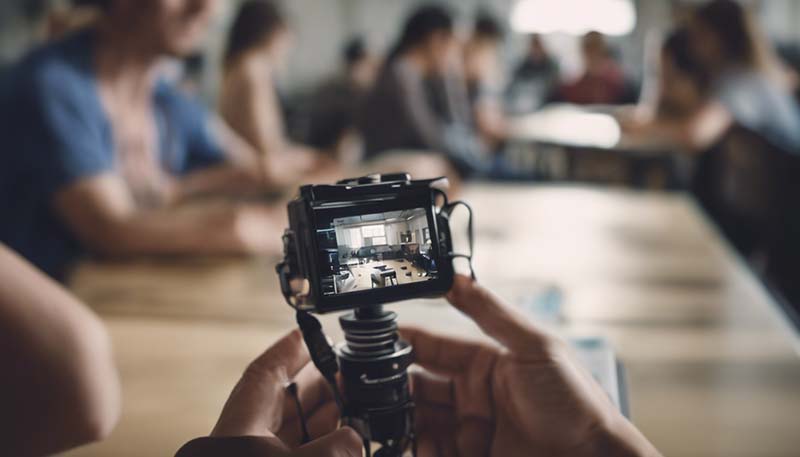The Role of Technology in Shaping Higher Education
As we step into the 21st century, technology has become an integral part of our daily lives, transforming the way we communicate, work, and learn. The field of higher education is no exception, as it has witnessed a significant shift in teaching and learning methodologies due to technological advancements. This article aims to explore the impact of technology on student learning experiences in higher education, discussing both the positive and negative aspects.
Enhanced Access to Education
The advent of online courses and degree programs has made higher education more accessible to a wider audience. Students from remote locations, those with full-time jobs, or those with family responsibilities can now pursue higher education without having to relocate or disrupt their daily routines.
Advertisement
Personalized Learning
Technology has enabled personalized learning experiences, where students can learn at their own pace and style. Adaptive learning software can tailor the learning process to individual needs, strengths, and weaknesses, making education more effective and engaging.
Collaboration and Networking
Platforms such as discussion forums, virtual classrooms, and social media facilitate collaboration among students and between students and instructors. These platforms also help students build professional networks that are crucial for their future career prospects.
Challenges in the Digital Learning Environment
While technology has opened up numerous opportunities for students, it has also introduced challenges. Not all students have equal access to technological resources, leading to a digital divide. Additionally, the lack of face-to-face interaction can sometimes hinder the development of critical thinking and problem-solving skills.
The Importance of Digital Literacy
As technology becomes more prevalent in education, the importance of digital literacy cannot be understated. Students need to be equipped with the skills to navigate digital platforms, evaluate online resources, and protect their digital footprint.

Conclusion
In conclusion, technology has revolutionized the student learning experience in higher education by providing enhanced access, personalized learning, and collaboration opportunities. However, it also presents challenges that need to be addressed to ensure that all students can benefit from these advancements. The key lies in striking a balance between leveraging technology and preserving the essential elements of traditional education.